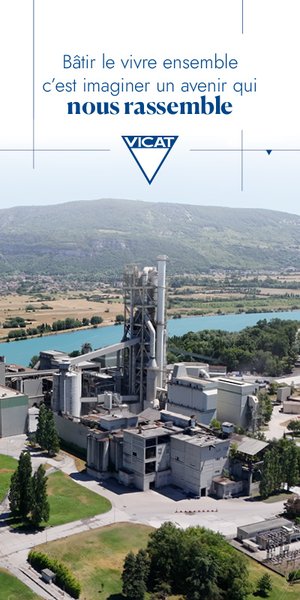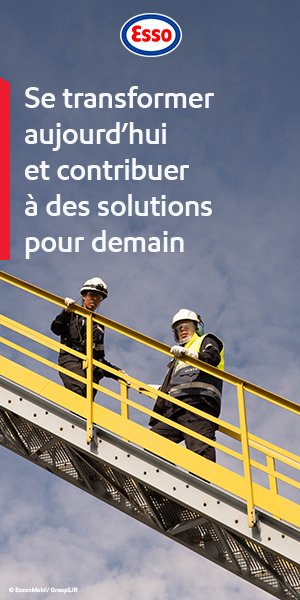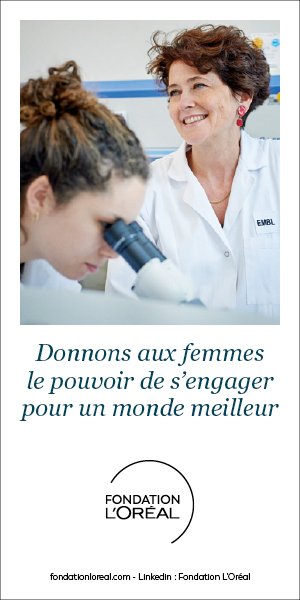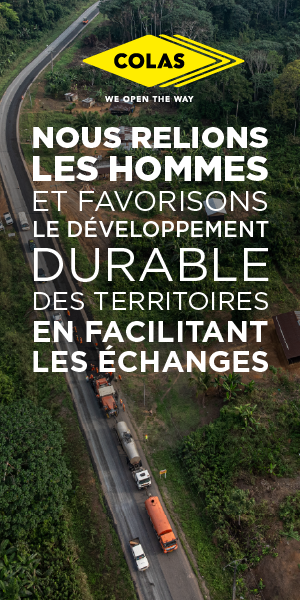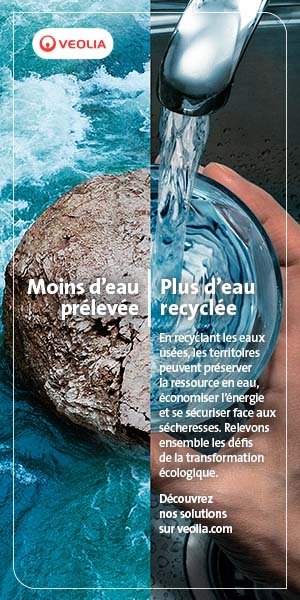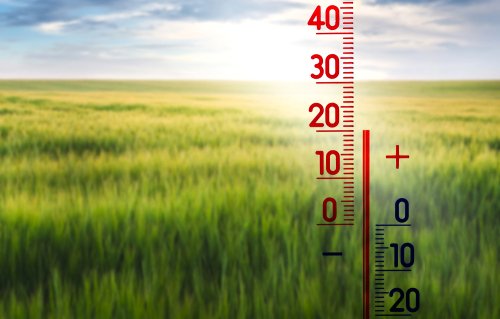
Politique Internationale — The Paris agreement arising out of COP21 was concluded nearly five years ago. Since this founding act, has the climate emergency become even more significant?
Valérie Masson-Delmotte — I should like to put the emphasis on the evolution of the climate as we observe it. Global emissions of the main greenhouse gases continue to grow. They have already caused a warming of about 1 °C on the Earth’s surface and 1.5 °C above the continents. This warming grows from year to year, following the trajectory foreseen by climate modelling. As for the level of the seas, this has been rising for several decades at a more and more sustained rhythm. This acceleration is due to faster melting in Greenland and to an equally more rapid flow from some sectors of the Antarctic which adds to the melting of glaciers and to the warming of the depths of the ocean. The consequences of climate change are more and more visible everywhere and most especially through the increase in the frequency or intensity of extreme climatic events.
P. I. — Can you give some examples of these episodes that are out of the ordinary?
V. M.-D. — The intensification of heat waves in France as on all the continents is part of this category. And so are the maritime heatwaves whose effects are particularly devastating for ecosystems such as coral reefs or forests of kelp (editor’s note: large brown algae). We also see in some regions more and more intense periods of rainfall as well as more and more severe droughts, especially all around the Mediterranean. And there is the lengthening of seasons that is conducive to forest fires. Not only have we not yet been able to make an impact on the cause of warming by setting off a clear and sustained decrease of global emissions of greenhouse gases, but the successive crises that we face show that we are not adapted to the variability of today’s climate. This is why we must put into practice adaptation strategies so as to reduce the risks linked to climate change in the coming decades, in each region and each sector of activity.
P. I. — Does this mean that basic research still has to accomplish a lot of progress to understand climate variations?
V. M.-D. — Research into climate change is continually being intensified. It is not just a matter of climate sciences, but more widely the totality of knowledge allowing us to understand the “Earth system”. All disciplines are mobilised, including engineering sciences and social sciences. Every year, we see more than 20,000 new scientific publications across the world with the keyword “climate change”. This incredible vitality of academic production draws on actors on the ground and local knowledge. There exists a continuum between what is called “basic” research, driven by curiosity and the will to push back the frontiers of knowledge and research that is more applied or societal, which develops and tests solutions based on technological innovation, social innovation or frugal innovation.
P. I. — And new technologies in all this?
V. M.-D. — Climate sciences are relying more and more on artificial intelligence. For example, to analyse jointly the immense stacks of data from observation of the Earth from space and those arising from climate simulations with a spatial resolution that is more and more detailed. I could also mention the major progress recorded in the characterisation of processes linked to clouds thanks to new observation technologies by remote sensing. There nevertheless remain scientific barriers where we touch on the limits of knowledge. This is the case of flow instability mechanisms in some potentially unstable sectors of the Antarctic: what are the thresholds of warming that could prompt the triggering of an irreversible deglaciation? We don’t know. Another example: the frozen soil of the Arctic, which contains twice as much carbon as the atmosphere. How much carbon dioxide or methane could it release into the atmosphere in the event of a thaw? We are, here again, confronted with major uncertainties linked to the current limits of observation, understanding and modelling of the processes at work.
P. I. — The climate question today hinges around a key indicator: limiting the rise in temperatures to 1.5 °C. Are there other figures that can be highlighted?
V. M.-D. — The objective that the governments set themselves in the framework of the Paris climate agreement was to limit warming well below 2 °C, ideally below 1.5 °C. In 2015, a lot of questions were asked: what would be the trajectories of emissions of greenhouse gases compatible with a stabilisation at a level fairly close to current levels? What potential impacts would we avoid by limiting warming to 1.5 °C rather than 2 °C? What would be the benefits for sustainable development? That is why the IPCC was invited during the COP21 to produce a special report. This was delivered in 2018, then completed by two other special reports in 2019. One deals with climate change and the use of land — including the stakes for food security — and the other on the ocean and the cryosphere (snow, ice and permafrost or frozen soil). Relying on nearly 20,000 scientific publications, these three reports show just how far each fraction of extra warming, each half-degree, counts with regard to climate risks. They show too how far climate risks depend, for the same level of warming, on socio-economic development choices. Only inclusive, sustainable development, less intensive in resources, will permit the reduction of risks linked to the climate.
P. I. — You are giving an extremely worrying assessment. Are there not some positive signals?
V. M.-D. — Within the framework of my mission in the Intergovernmental Panel on Climate Change (IPCC), I come into contact with a very great number of people. And I am struck by their more and more acute perception of the big climate stakes. This is no longer limited to a small circle of the initiated, used to exchanges on the subject, nor to specialist circles. The interest for these issues now spreads on the contrary into varied meeting places and crosses frontiers. In developing countries, for example, whole populations, who depend directly from income from fishing and agriculture to live, are suffering the full force of the consequences of global warming. At the last meeting of the authors of the report on the 1.5 °C in Botswana, Pauline Dube, professor at the national university, organised a meeting with a rural community. Botswana is one of the countries where warming, which is especially strong there, has brought a drop in rainfall. This rural community, which has no running water, set out to us the chain of consequences of bad rainy seasons, particularly the de-scholarisation of children. Development and control of global warming are intimately linked: for each extra half-degree, hundreds of millions of fragile people, on the edge of falling into poverty, will have to face up to the various climate risks. In emerging and developed economies, a growing number of surveys and opinion polls bear witness to the preoccupation of people faced with environmental damage and the desire to build other, more virtuous methods of production and consumption. Communities or professions are taking over these issues, are getting trained and are developing skills and are beginning to act, at the level of towns or in some companies, including the finance sector. Bridges have been built between the world of academic research and the totality of society.
P. I. — Of which actors are you thinking particularly?
V. M.-D. — I am thinking, for example, of the farming world which, especially in France, has begun a process of reflection and promising experiments. When the IPCC special report of 2019 on climate change and the use of land was published, I took part in many meetings with farmers and farming unions. This report puts the emphasis on the vulnerability of the food system to global warming and its impact on farming incomes. A system that, I recall, accounts for one third of global emissions of greenhouse gases and for one quarter of degraded land. We present a set of solutions that are available right away with many co-benefits — improvement in the quality of soil, adaptation, alleviation, food security — and returns on investment in just a few years. Our assessment underlines the importance of individual or collective initiatives for healthy food supplies respectful of the environment and stresses the role of public policies in the matter of farm subsidies, land management, the environment and health.
P. I. — And citizens?
V. M.-D. — There too, we can see an awareness concerning individual or family food choices. In a general way, people do not have clear information on the environmental footprint and the carbon footprint of everyday consumer goods. The little information available, on the consumption of vehicles or household electrical goods do not incorporate the emissions arising from their manufacture. Yet, in France, imports are responsible for nearly half the greenhouse gas emissions of each person. This high proportion is due to the use of coal in production systems or to deforestation. I note too a growing interest on the part of companies that are giving themselves the tools to follow the greenhouse gas emissions associated with their purchases, their production or the use of their products, and to improve the environmental footprint.
P. I. — In one of its reports, the IPCC not only kept the nuclear option open but also stated that more power stations should be built to satisfy the aims of the struggle against global warming. A position that prompted some emotion… what do you think?
V. M.-D. — You are referring to the report on the 1.5 °C. Its authors, experts from all over the world, had reviewed the state of knowledge on the basis of scientific, technical and socio-economic publications. They analysed dozens of trajectories aiming to contain global warming below 2 °C as well as their characteristics. These trajectories have several elements in common: growing low-carbon electricity production; a very sharp drop in the use of coal; a more gradual drop in the use of oil and gas (except for the latter, if there is a massive recourse to collection and storage); and, finally, a fast growth in energy efficiency and renewable energies, especially solar. Most of these scenarios foresee a rise in the production of nuclear electricity in the world by 2050, but with a huge dispersion of the production capability according to different cases and underlying socio-economic choices. For each solution permitting a reduction in greenhouse gas emissions, we analyse the potential, the cost, co-benefits or the risks of undesirable effects as well as the conditions of implementation. I would point out that the IPCC reports do not make any recommendations, but evaluate all possible options.
P. I. — When it comes down to it, everyone talks about the climate but how many people are really ready to commit themselves and make the financial efforts to take part in the struggle against global warming?
V. M.-D. — One of the crucial points in the special report on the 1.5 °C deals with the notion of fair and ethical transition. That is to say, action for the climate that at one and the same time preserves biodiversity and protects the most vulnerable. This question is all the more fundamental as we find ourselves facing very great differences in the level of income, according to generation and places of residence. There are differences too in the quantities of greenhouse gases emitted. Recent social crises linked to the price of energy and the cost of transport show just how central the question of social justice is in the way of reacting. A transition that has too great an effect on the purchasing power of some categories of citizen is destined to fail.
P. I. — Is it possible to avoid the perception that some measures are unjust? Should a system of compensation be put in place?
V. M.-D. — It is in any case essential to take the social dimension into account in the building of low-carbon transitions and to put in place processes of decision that are more inclusive and more participative. The recent experiences of citizens’ assemblies, in Ireland or the United Kingdom, or the reflections conducted by the Citizens’ Convention on the Climate in France helped the emergence of new avenues. The future evolution of the climate is creating deep anxiety, including among adolescents who find it hard to understand the indifference and inactivity of their elders. It is important to propose a framework that allows them to grasp scientific and objective elements so as to identify the sources of greenhouse gases, to engage in dialogue, in reflection and to experiment and to learn how to act, in particular during school time, with adult counsellors.
* Director of research in climate science at France’s Alternative Energies and Atomic Energy Commission (CEA). Co-chair of the IPCC working group studying physical bases of climate change.
